Razer Edge Review: Can't Believe They Messed This One Thing Up!
Purchase price: $399.99
I’ve struggled to sum up my thoughts on the Razer Edge gaming tablet. On the one hand, this thing surprised me with how much I actually enjoyed having it in my hands. On the other hand, some fundamental flaws really prevent the Edge from not only being a useful device, but also a fine tuned gaming machine. It’s so close to being a surefire recommendation and yet the setbacks are so severe that they might actually cripple the viability of the entire product.
Gaming Form
Just to throw the specs out of the way, the Razer Edge is an Android tablet that runs on a Qualcomm Snapdragon G3x Gen 1 SOC. It’s supported by 6 GB of ram and 128 GB of SSD storage. On paper, we’re getting similar performance to recent flagship Android phones. Running on essentially a stock version of Android 12, the Edge can be used as you would any other Android device. That means you can stream videos, play mobile games, and use any app from the Google Play Store that you use on an Android phone. The main difference is that the model I bought has no 5G connection nor sim support for phone calls. Even though it’s sized about the same as a modern smartphone, this version I own is strictly a tablet sold for $399.99.
Without a doubt, strictly from a performance standpoint, the Edge punches way above what any comparably priced Android phone could offer. This is even true with the reduced 6 GB of ram instead of the previously misadvertised 8 GB that Razer had to quickly retract after shipping. Luckily that 2 point difference in ram makes little difference as apps fly open for smooth navigating of Android. I really did enjoy using the Edge as an Android tablet and I don’t get a chance to say that often nowadays. Having the Edge in my hands made me reminisce about what feels like the ancient days of the beloved Nexus 7 tablet. I definitely felt those same vibes here as that was a terrific sized tablet to use in my opinion. The Edge has aluminum chamfered edges that give the frame a premium feel in the hands.
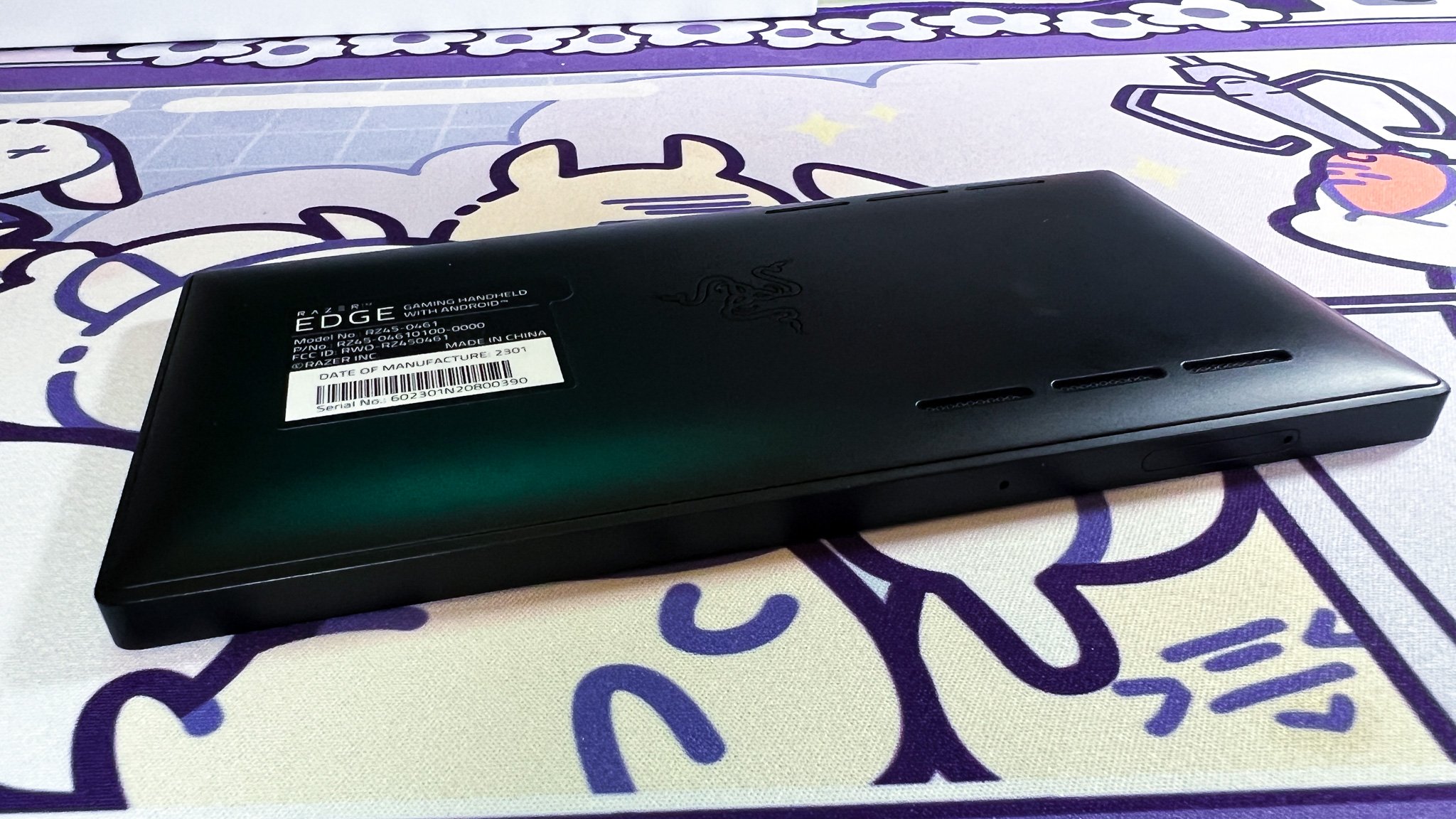

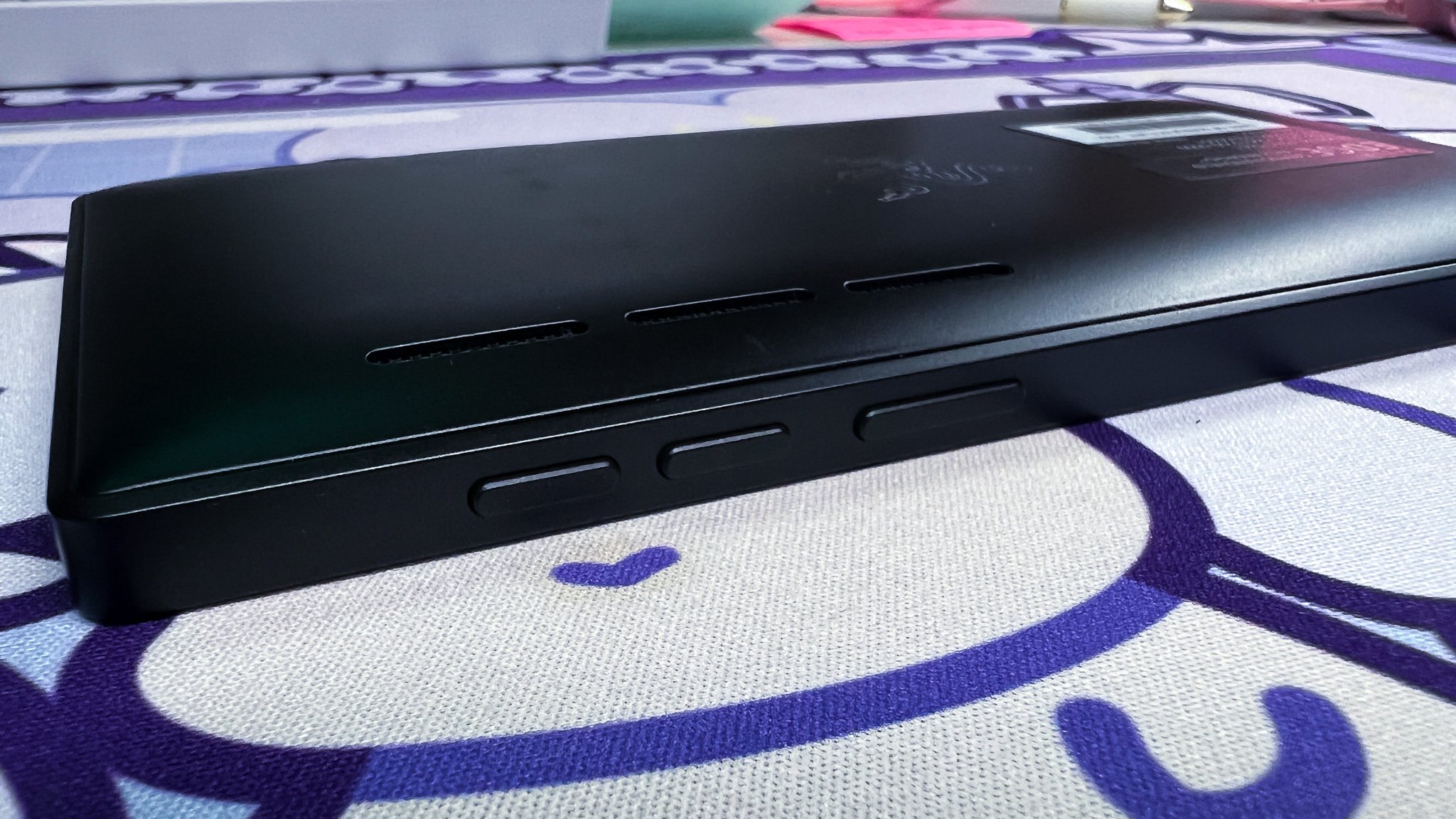
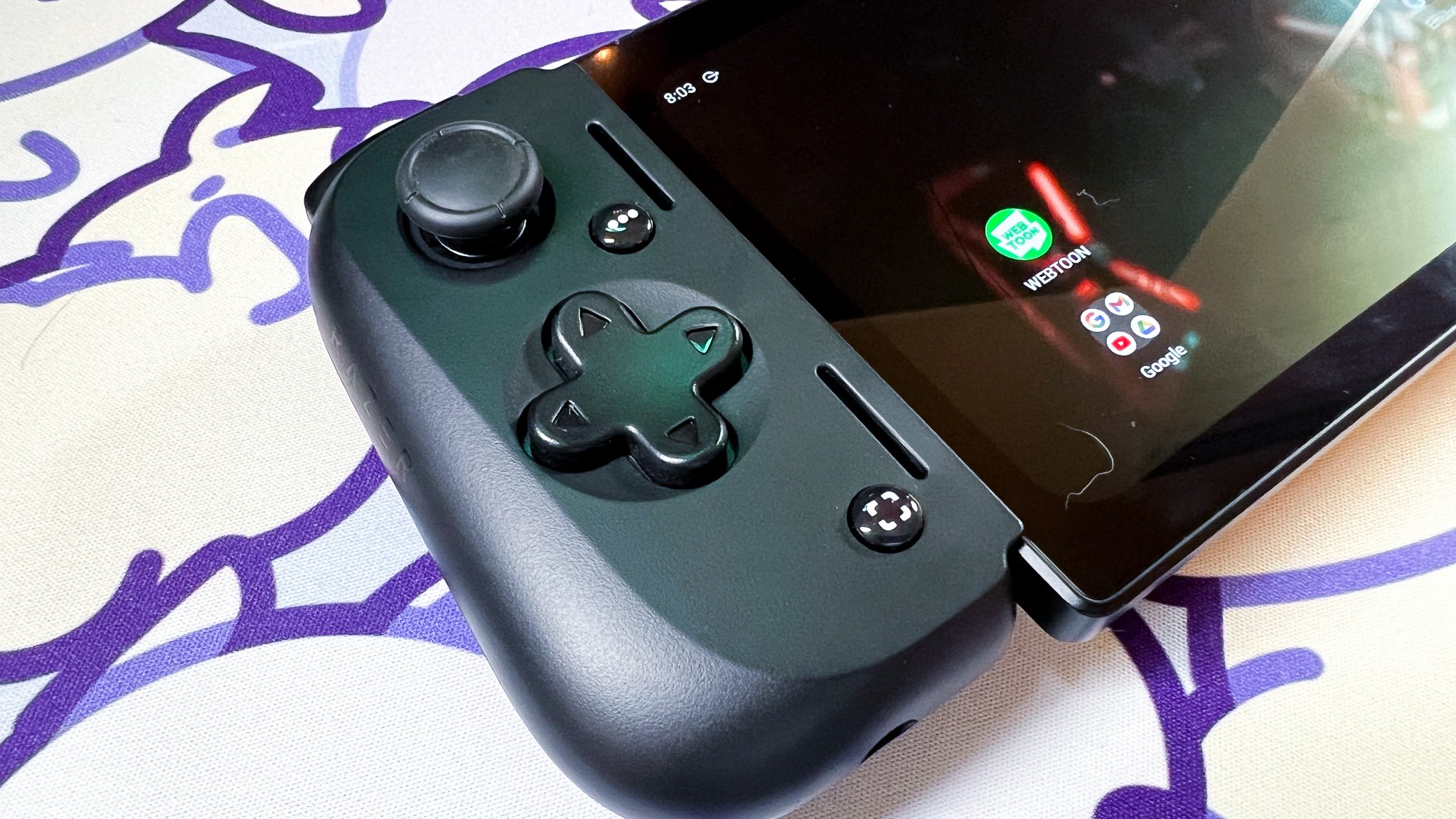
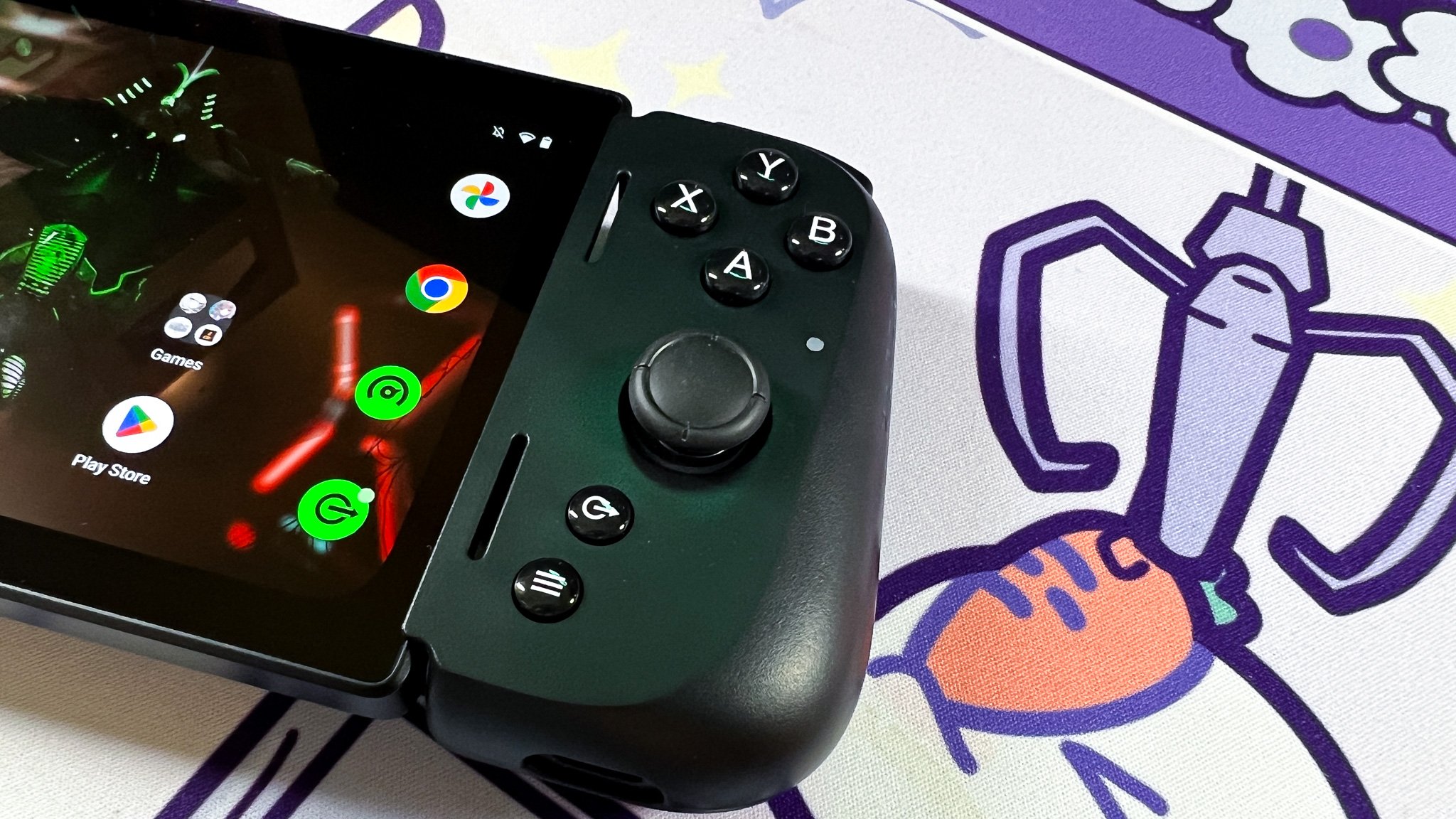
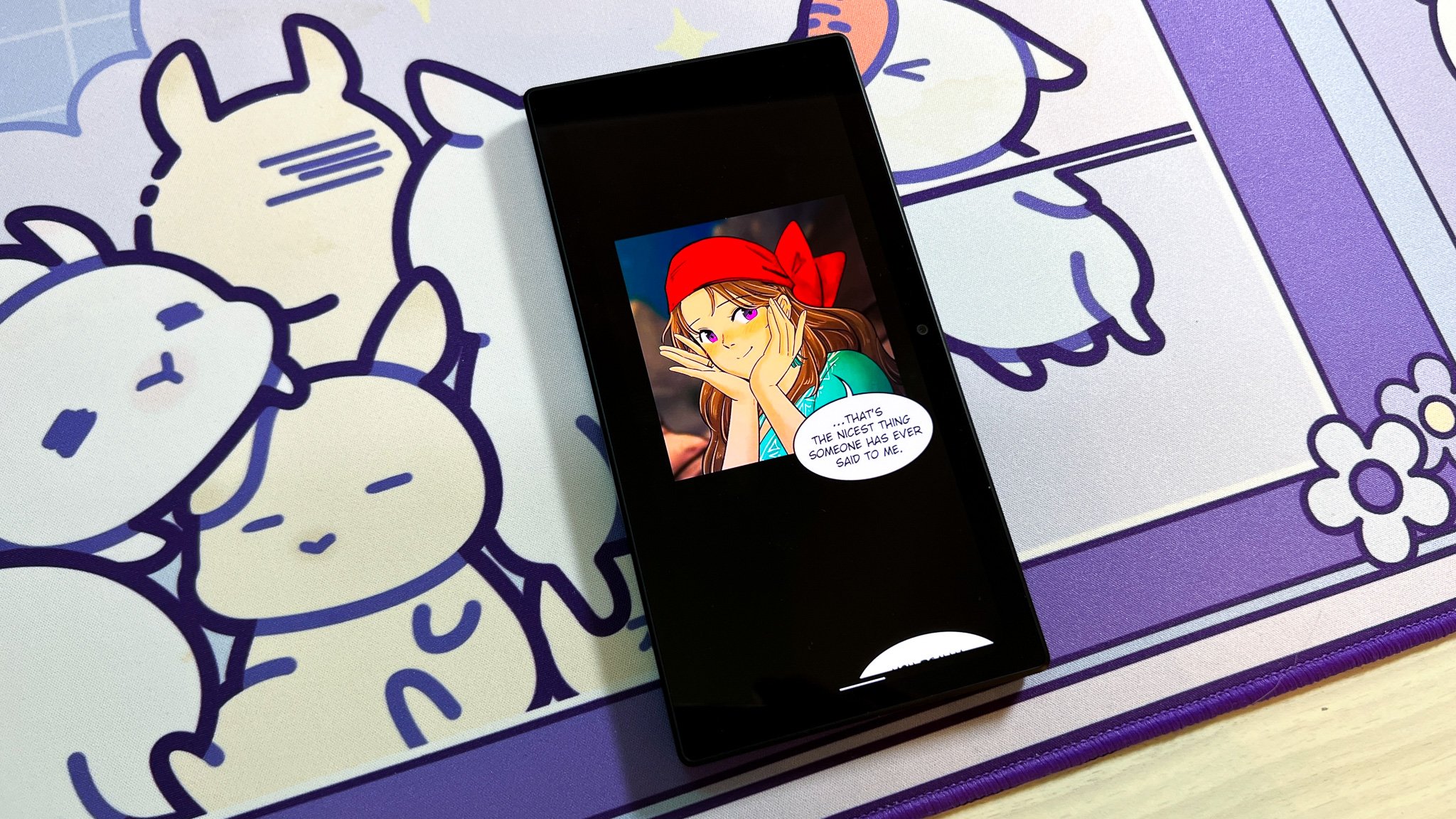
From an Android tablet standpoint, this has been one of my favorite devices to read Webtoons on as it has a candy bar form factor that resembles the shape of a smartphone. Most tablets resemble a square more than a rectangle. The power behind the Edge makes every Chrome tab swap through effortlessly while the 144 hz, high refresh rate makes the reading experience delightful on the eyes. I really can’t think of a current dedicated tablet that has this kind of reading experience. The functional tablet lifestyle is further enhanced thanks to the solid lifespan of the 5,000 mAh battery. It survives for hours gaming or for a couple of days of casual tablet usage like video streaming and reading. It’s not the best battery life out there and I certainly would have liked more, but it’s decent enough to get by. The standby drain is a little high though with the controller attached. The Edge will drain to 0% asleep with the controller mounted within a day.
Product Specs +
- SD G3x Gen 1 CPU
- 6 GB Ram
- 128 GB Storage
- Micro-SD Support
- Android 12
- 6.8 Inch AMOLED Display
- 2400 x 1080 p
- 144 Hz Refresh Rate
- 5,000 mAh Battery
Controlling The Game
Speaking of the controller, the Kishi V2 Pro is one of the best mobile attachment controllers out there. Unfortunately, the Pro is only available through the purchase of the Razer Edge, so for anyone wanting to pair it with another Android device, you’ll still have to end up with this tablet in your possession as well. The buttons and triggers are springy and feel terrific to press down on. It’s so satisfying to use, that to me, it exemplifies what a premium attachable controller should aim to be. The Kishi V2 Pro also has a USB-C port on the bottom right side of the controller that allows for pass-through charging to the tablet. That’s nice as it allows players to continue to play their games with the controller while charging instead of having to unplug it to charge through the tablet. Since the controller draws power from the host device, it doesn’t need to be charged individually.
All That POtential, But…
I already did a video showing off the emulation prowess of the Edge, but to recap, the system is capped by the capabilities of what can be done on Android. Essentially, the limitations of what it can emulate is tied to Android’s app development and how the OS interacts with modern parts. Right now, GameCube, PS2, and Wii games are where Android emulation has currently plateaued at. That’s not to say that it's a negative thing as those systems have a vast library of enjoyable games. That is further heightened as the Edge offers a different gameplay experience when you can untether those previously indoor only games from a television and get it going in your hands at any time. Portability is a game changer for these classic games to be re-experienced on the go. For that alone, the Edge holds a lot of potential as well as value to classic gamers wanting to relive the early 2000’s.
I’ve consistently advocated throughout the years that if a company advertises their product to specialize in gaming, it should have expandable storage. Games take a lot of space and a device like this just screams to be used as an emulation champion. This just makes me even more perplexed as Razer does have micro-SD card support integrated into the Edge. The problem is that the card must be formatted upon insertion into the tablet. That’s usually fine, but for some reason, Razer locks the software to force the card to format to FAT32. If you know how file storage works, there are a few different formats that storage systems format into. The two main ones Android uses are exFAT and FAT32. The main difference between the formats is that FAT32 only allows files up to a max of 4 GB to be transferred onto it. So even if your card has a lot of storage space, individual files cannot exceed the 4 GB size.
This isn’t a problem for a lot of classic titles from pre-6th generation of gaming consoles, but a system that many gamers would like to have on the go to relieve their favorite titles is the PS2. Those game files are pretty large and many of them exceed 4GB. In fact, a majority of my library does not qualify to transfer onto my micro-SD card. This forces me to transfer those files into the internal storage of the Edge. My model only has 128 GB of storage. While it sounds like 128 GB should be enough to handle a lot of the things I need done, it severely limits the flexibility that the tablet can do as an Android device. For example, a game like Black Desert Mobile takes roughly 10 GB of internal storage just by itself. Tower of Fantasy takes up 16 GB. You get the point. Just two mobile games already drops the number down to about 100 GB.
I was initially going to wait to write a review until a supposed software update where Razer would open up the external storage to allow for more flexible expansion, but a couple months have gone by and it still hasn’t come. I was really excited to play my library of PS2 titles and to exclusively use this as my emulation console going forward. This hampers that plan and actually has driven me back to my Steam Deck. To make things even more perplexing, back in 2015, Android Marshmallow introduced the ability to configure expanded storage as internal storage for Android devices. I don’t understand how 8 years later, not only are we regressing in features, we’re also being restricted in how much we format storage on our cards. It’s baffling.
Display
Fortunately, other than the storage debacle, there really wasn’t anything else that bothered me about the Edge. There’s also something to be said about a tablet that can detach from a controller. While that isn’t my ideal mobile gaming console form factor, I do see some versatility in how one can transport and store it that would be more convenient than a system with a controller built in. For me, the tablet aspect of the Razer Edge saved this gaming device from being unusable.
The panel the Edge uses is an AMOLED display that is 2400 x 1080 p. At a 6.8-inch size, the Edge is pretty pleasant to look at. Games with darker environments were easy to navigate around as the contrast was quite good on this. The colors are fine and replicated to be slightly more saturated than a real life hue. A lot of colorful games look good here.
Final Verdict
Ultimately, this is going to be a hard sell for Razer to pick up buyers in an increasingly crowded market for these retro emulation/streaming consoles. I surmise casual fans of gaming will recognize the Razer brand and give the hardware a shot. They most likely won’t be disappointed. Emulation enthusiasts though, will be highly frustrated with the storage organization capabilities here on the Edge. Setting up your hardware in an organized way is a pivotal task for emulation enthusiasts and this is a huge roadblock that needs to be resolved. As is right now, I don’t really see the Edge benefitting many buyers in areas that other competitors don’t already cover and that’s a pity because I do like the tablet form factor Razer chose to use.

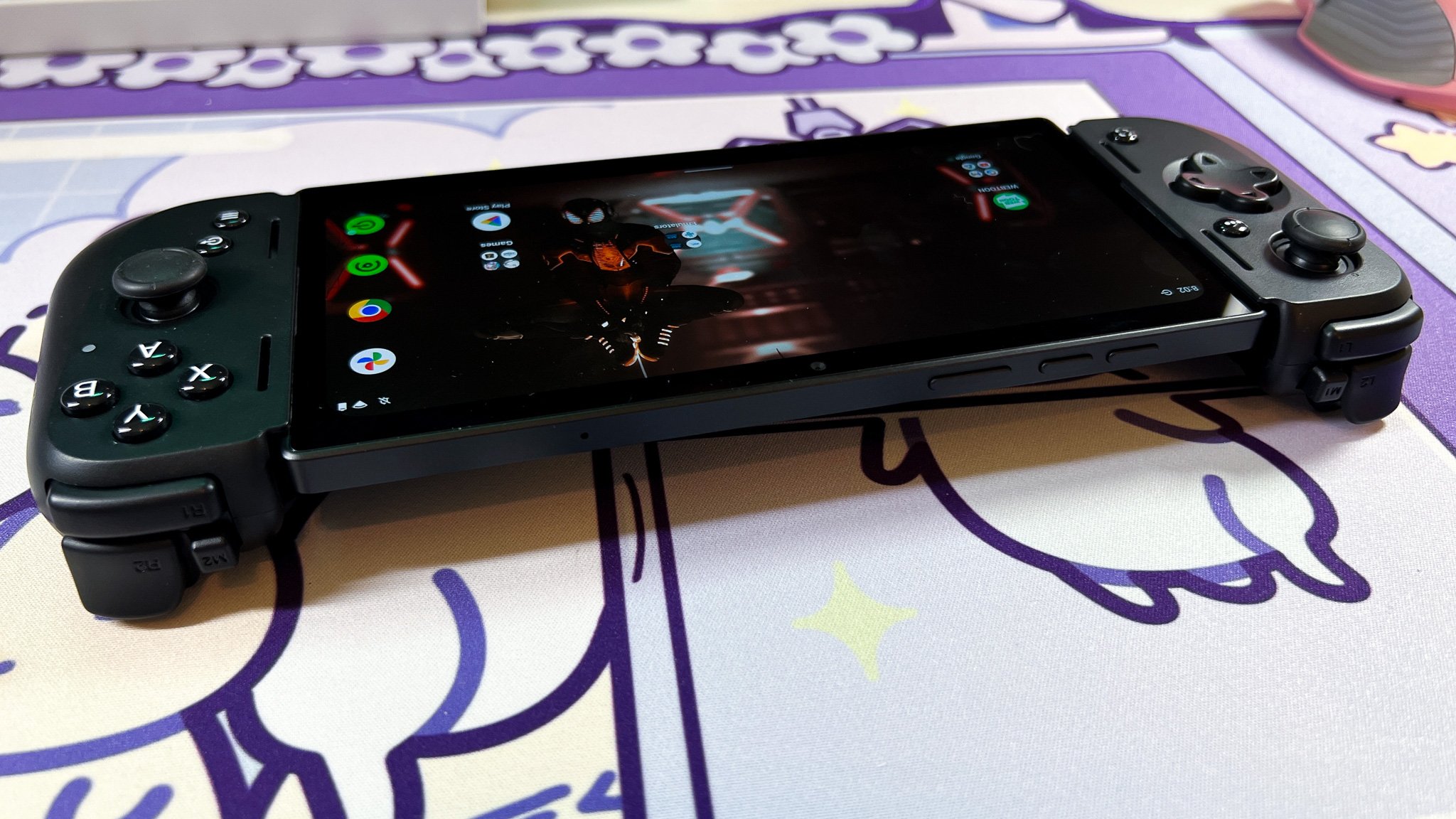
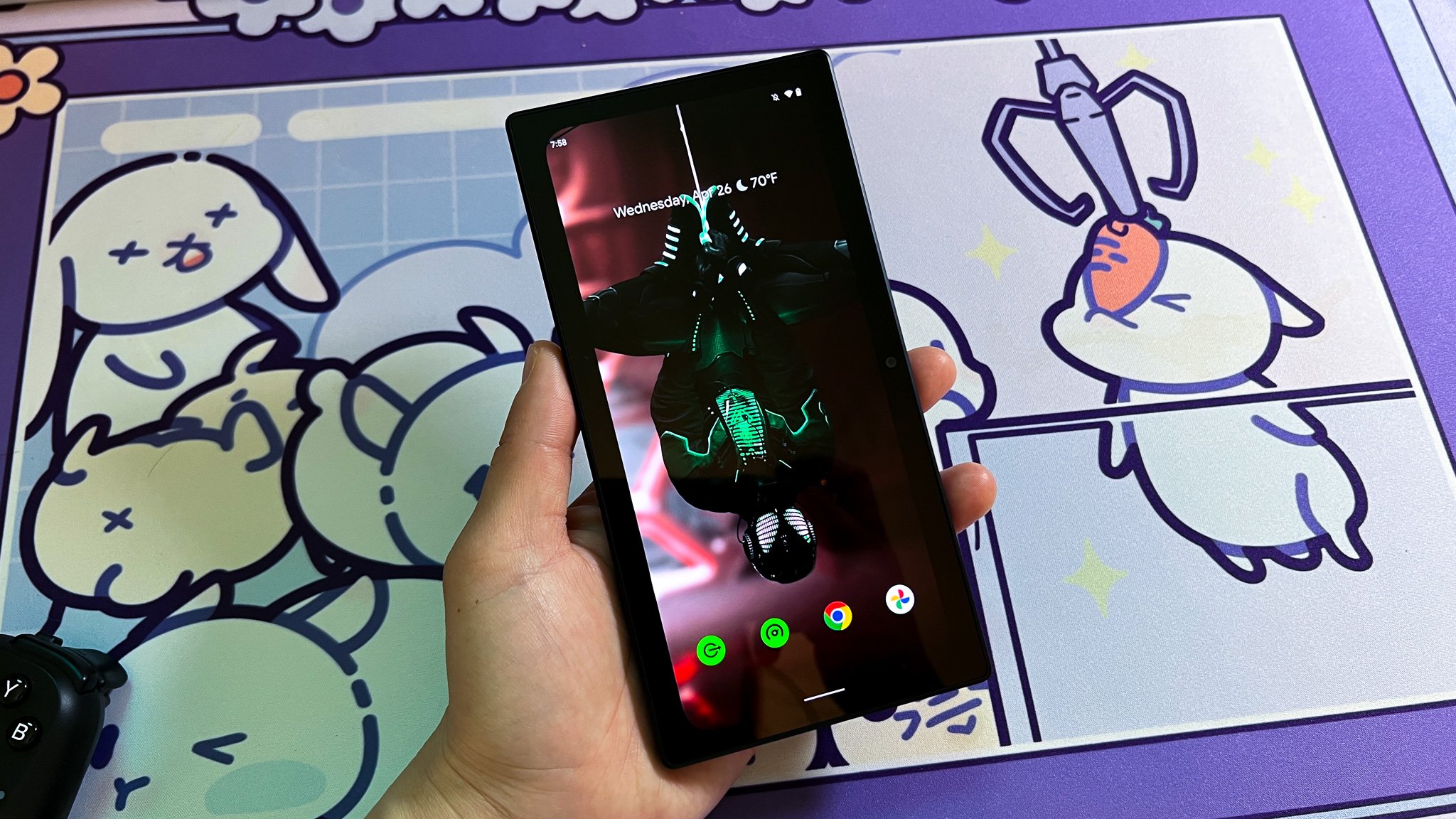





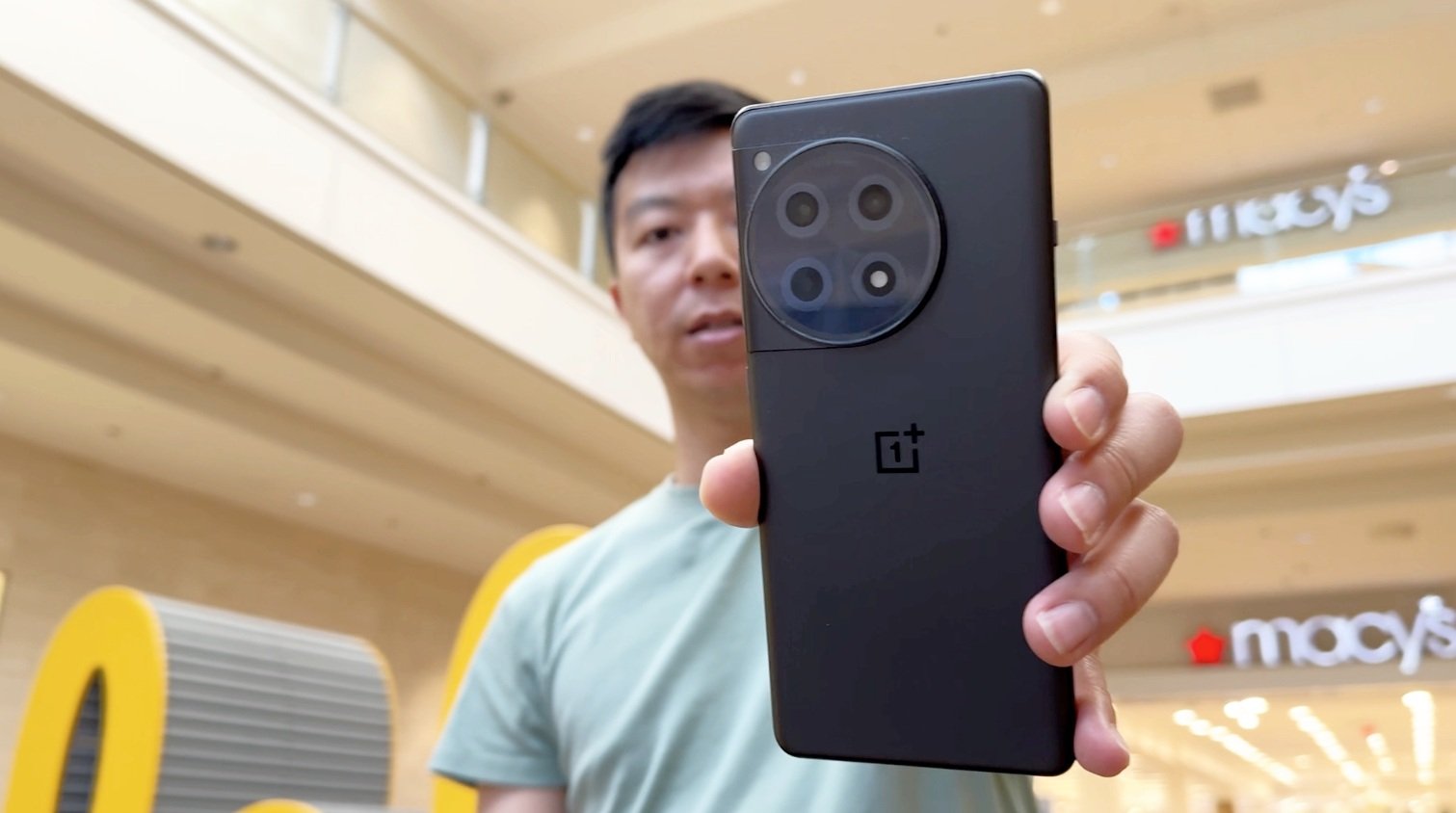




Alex
Caught in between the conundrum of his fascination with retro and the future, Alex has a very unique taste in technology. Never one to follow trends like his millennial peers yet constantly desiring to get ahead of the curve, he sees technology like he does his other love: comic books. Always looking for the best value or a hidden gem, his collector mindset reflects on some of his favorite gadgets: the Moto X (2015), HTC U11 and the Google Pixelbook. If there’s a good tech deal out there, Alex is on the hunt!